Danish fairy tales by Hans Christian Anderson have been my favorites and when I was in Sweden just across the Øresund (the strait that marks the Danish-Swedish border), I couldn’t hold myself back from visiting this land with so much of history. It is very easy to travel between Denmark and Sweden through train and ferry and I pounced upon the opportunity.
I visited two main cities in Denmark, the capital city of Copenhagen and Helsingor both of which store the rich Danish heritage.
HELSINGOR
Helsingor in Denmark and Helsingborg in Sweden have about a 4 km broad strait between them. You can travel across the strait by ferry which is also treated as a joy ride by many. The ferries are well equipped with food and beverage outlets as well a duty free shops which are popular due to the lower prices of liquor in Denmark. The ferry dropped me at the Helsingor Central station which was about a 10 minute walk from the Kronborg Slot.
- Kronborg Slot : This is a castle and stronghold. It is also famous world over as the setting of Shakespeare’s Hamlet. In Hamlet, Shakespeare called Kronborg Castle Elsinore. This has become the English name for Helsingør. The was built by King Eric VII in the 1420s. Along with the fortress Kärnan in Helsingborg on the opposite coast of Øresund, it controlled the entranceway to the Baltic Sea. It was radically transformed into a magnificent Renaissance castle by King Frederick II in the 15th century. The castle is open to visitors including the royal chambers, the ballroom, the chapel and various other sections. The staff provides a quick introduction after which one is free to explore the castle on their own. There was a lot to learn about the Danish history and specially about Kind Frederick II and his queen who was quite astute with managing the finances after the King.

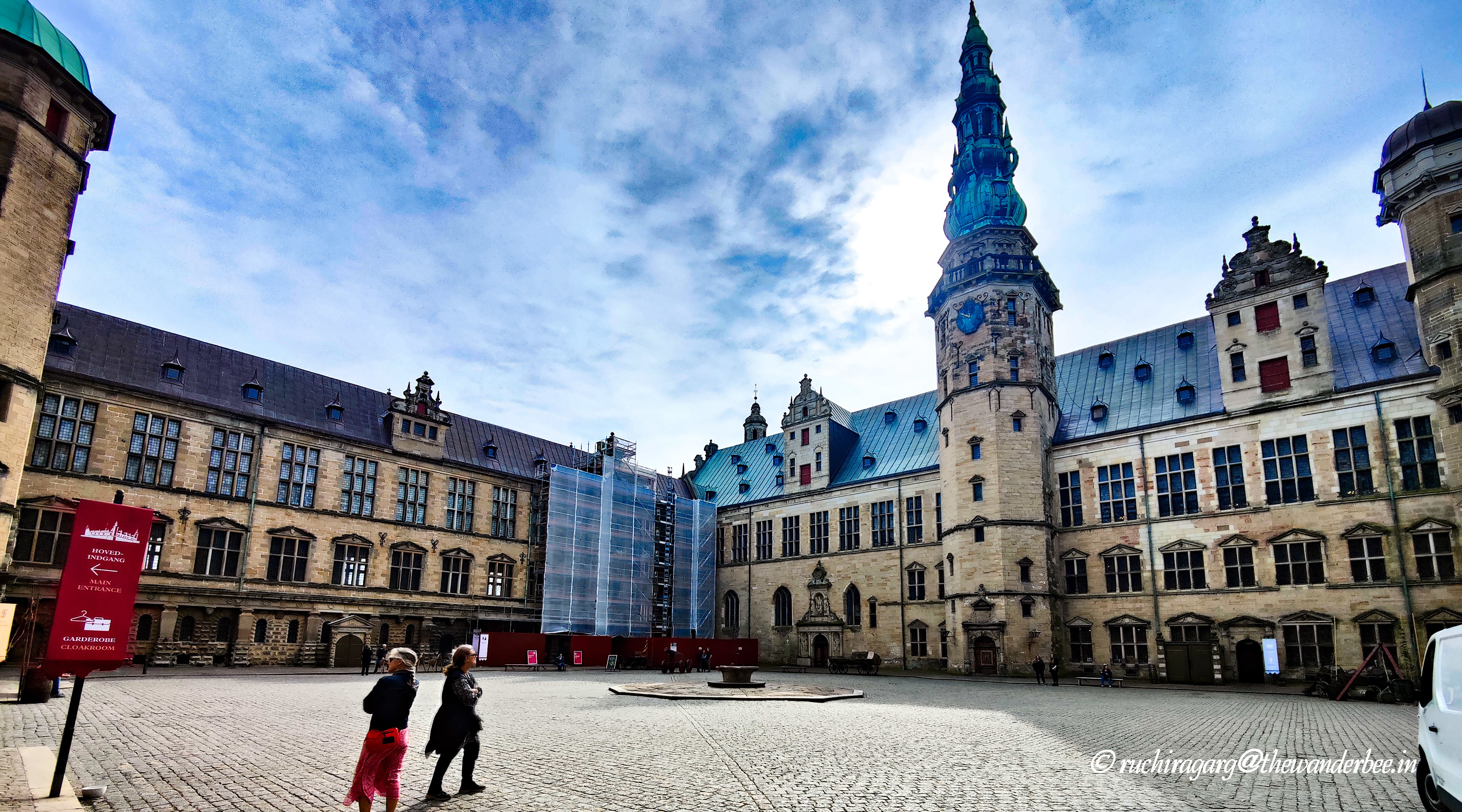
Do note that the castle has stairs to climb and there are no elevators. Washrooms are outside the castle. You can also see the barracks and surroundings of the castle. Tickets are only for going inside the castle, other surrounding areas are free to explore.

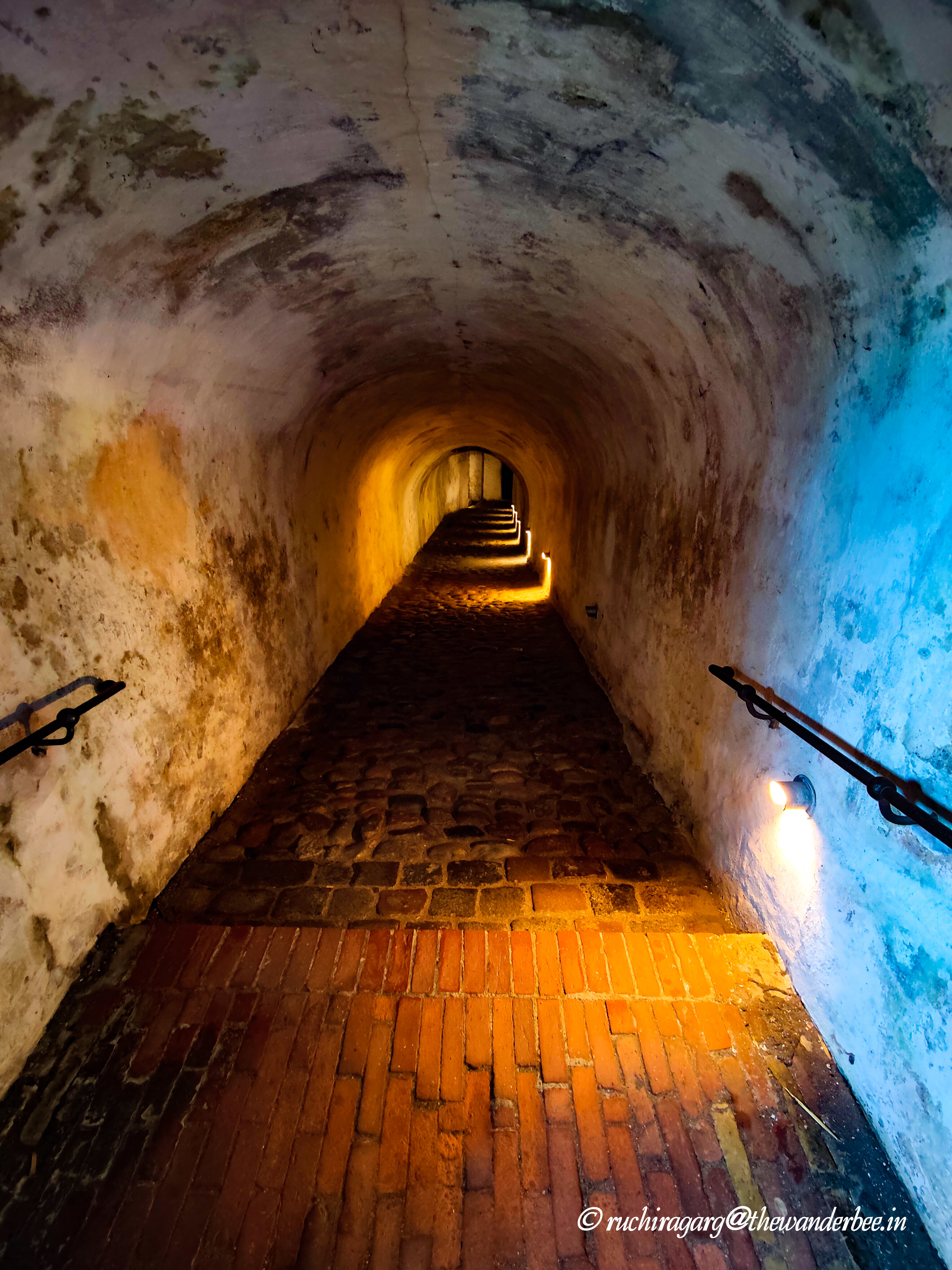
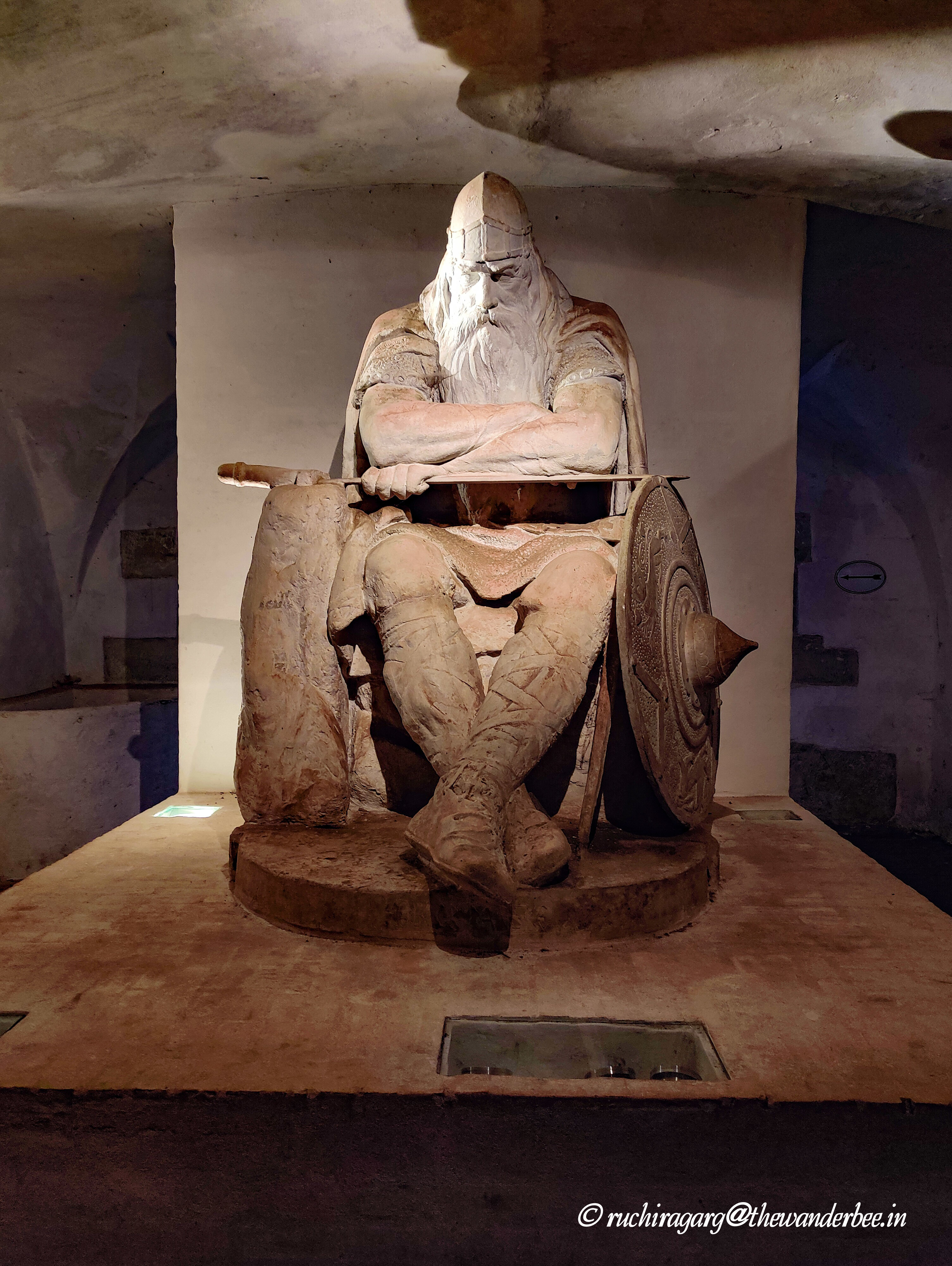



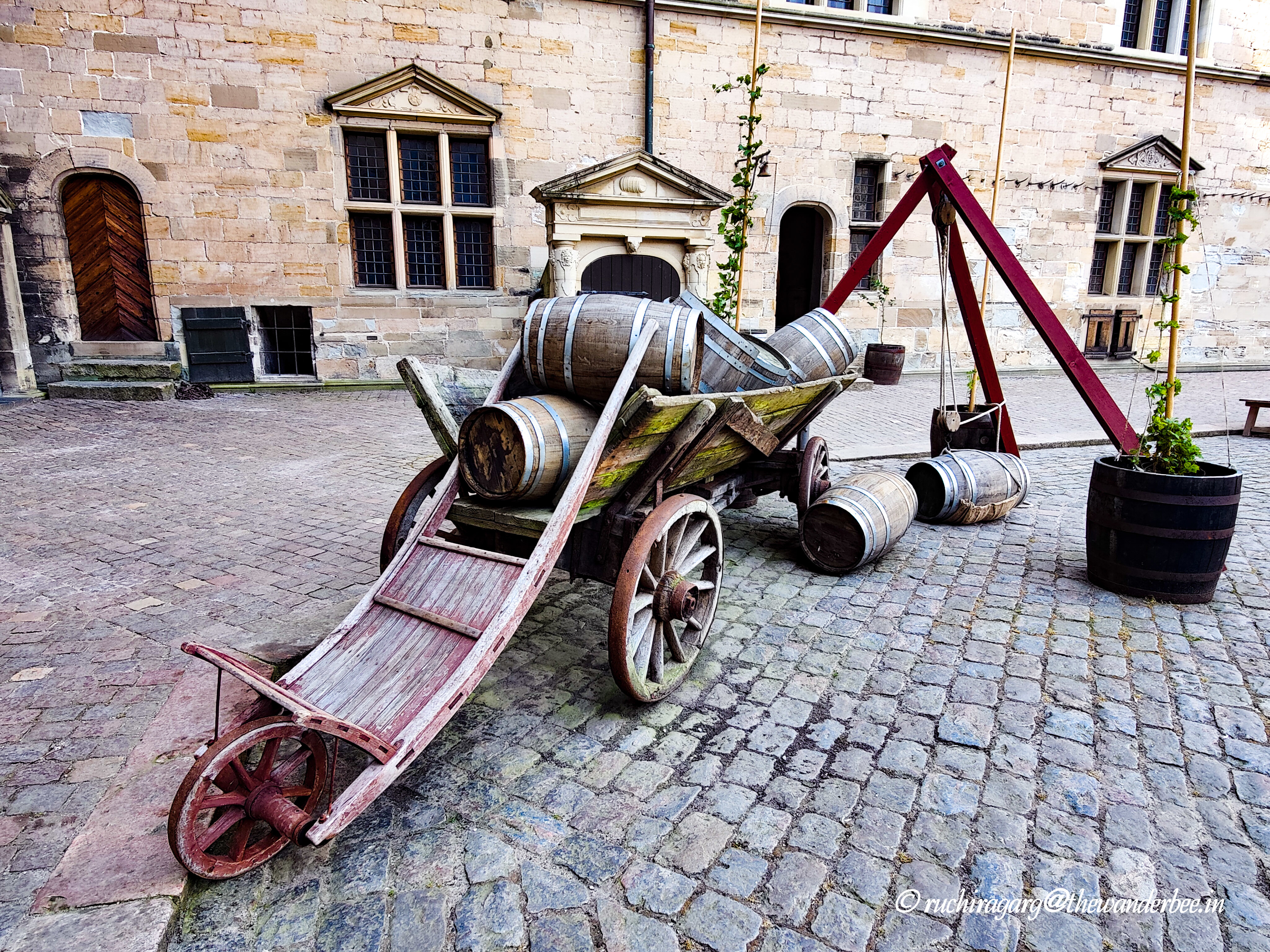
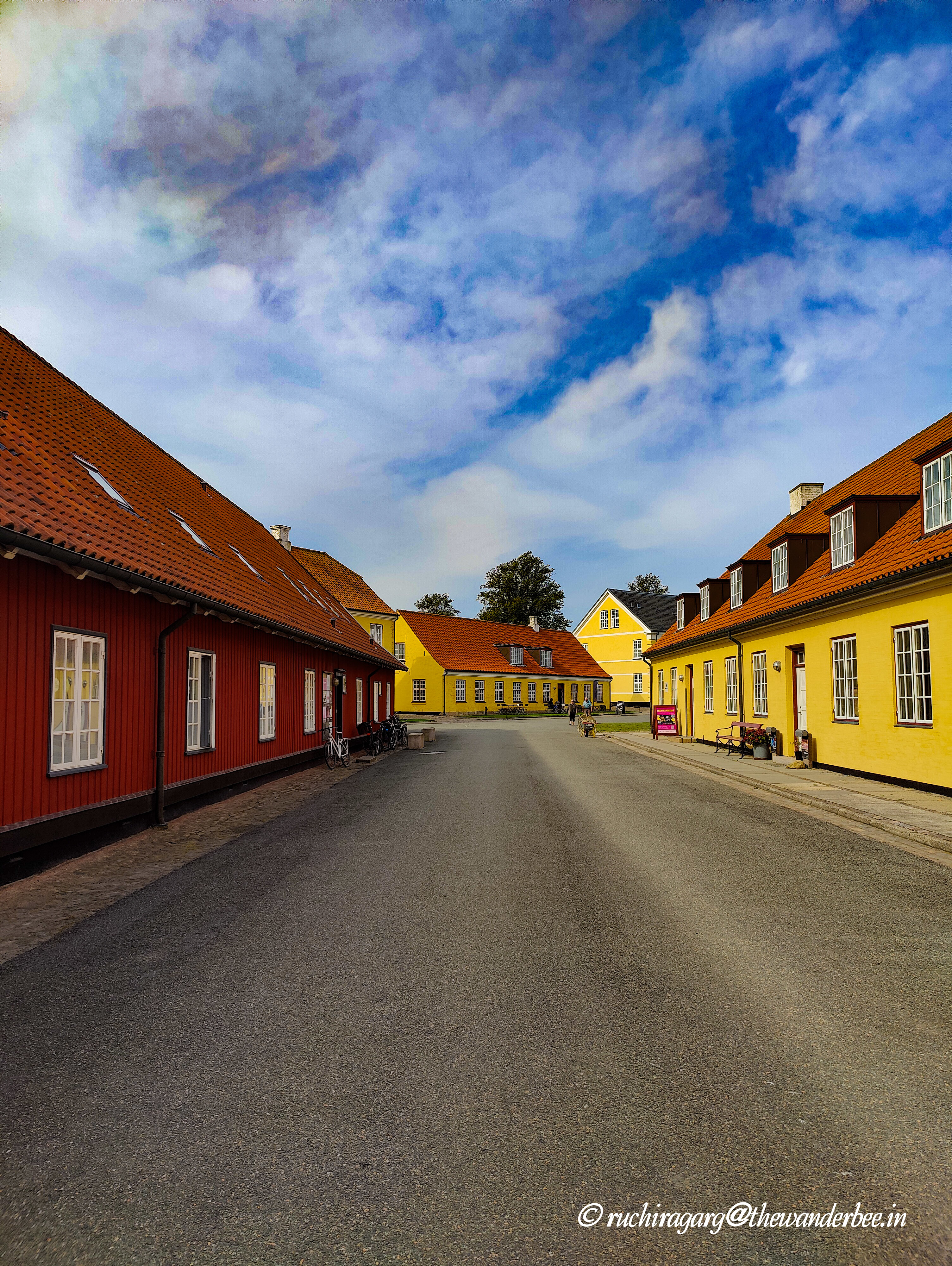

Towards the exit, there is a section where children can paint the printed portraits in the colors of their choice. I found this a very good way to engage children with the history.

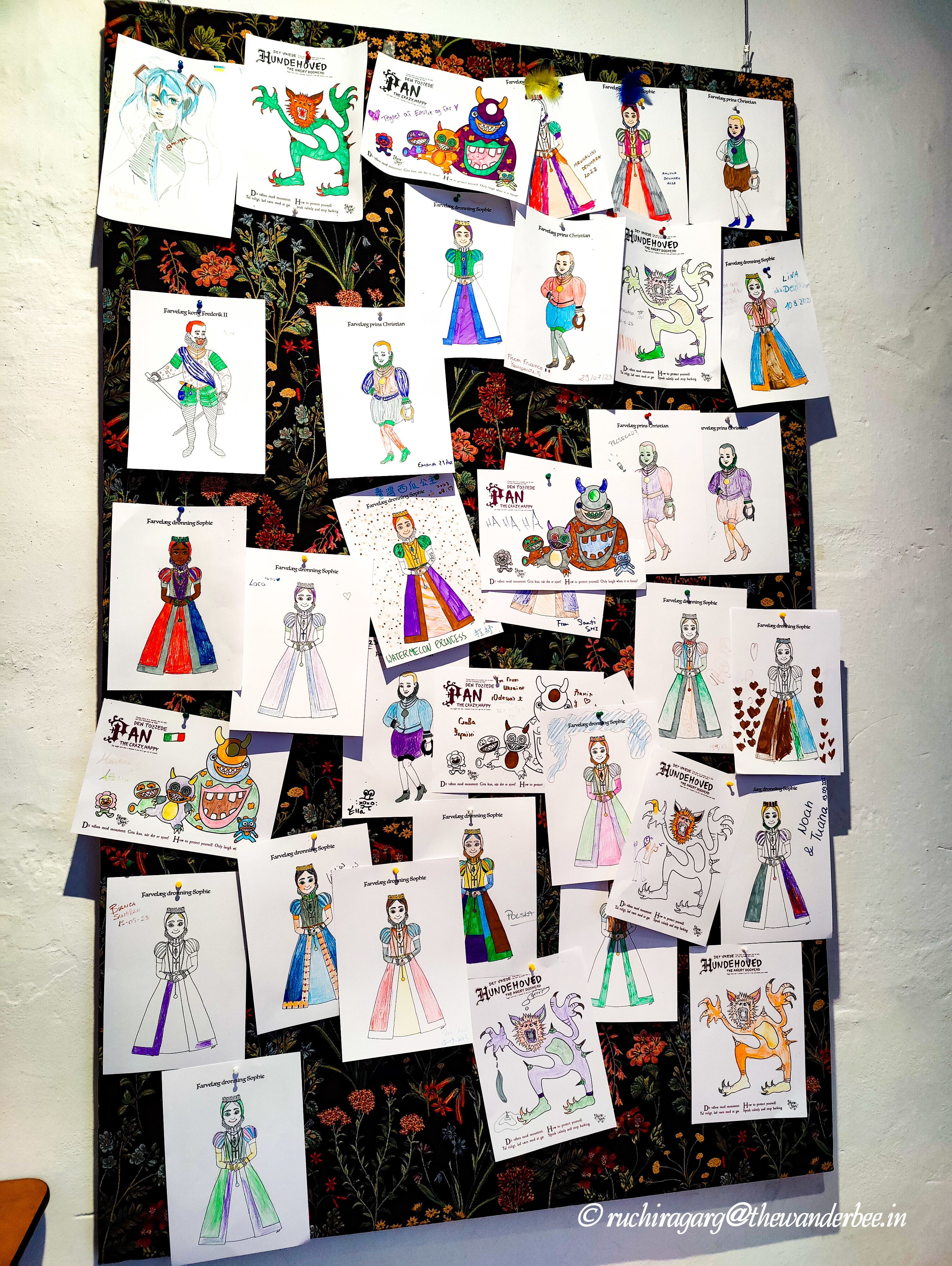
- Elsinore Street Food : This is an interesting food court across the Kronborg Castle with a variety of cuisines across the world. There is ample seating available inside and as well as play areas of kids outside. I tried the Turkish counter and the food was yummy.
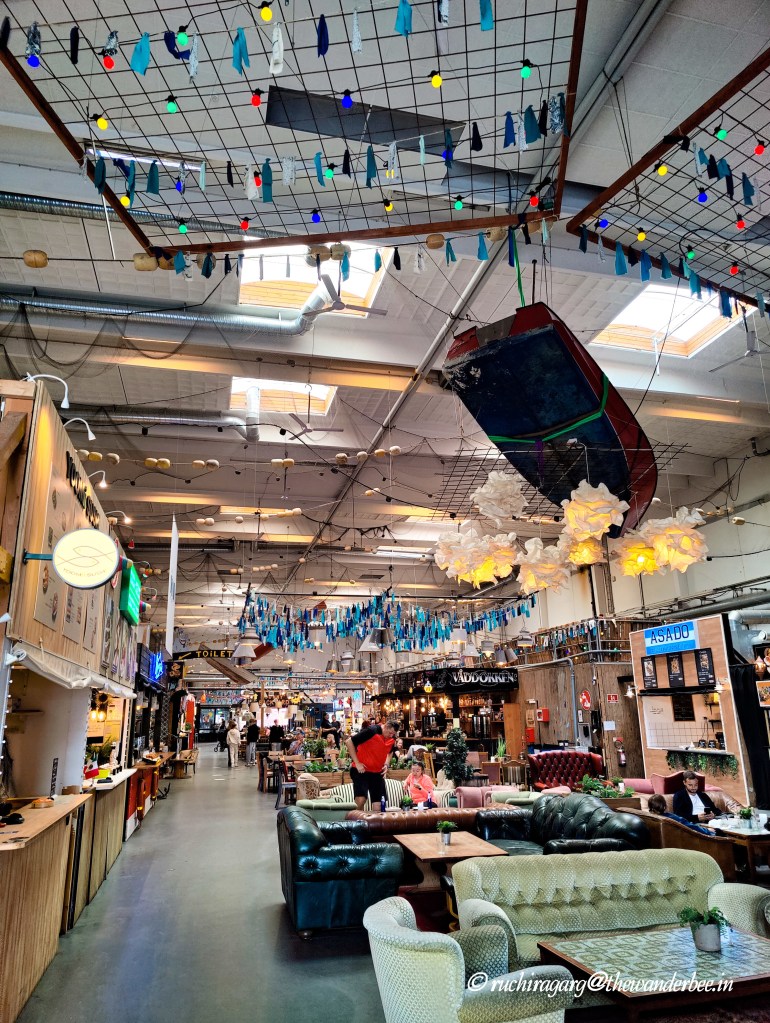
- St. Mary’s Church: Originally a Carmelite Monastery Church built in the 1400s, this church is marvelous piece of Danish architecture. The church is also known for its detailed and intricate frescoes that adorn the ceiling and a beautiful Baroque organ. It is two lanes behind the Elsinor Street Food and close to the Helsingor train/ferry station.

- St. Olaf’s Church: A few minutes’ walk from the St. Mary’s church is the St. Olaf’s Church which is the cathedral church of Helsingor.While it was originally built in the 13th century, the current building was completed in the 16th century. I also enjoyed the street art as I walked between these two churches soaking in a bit more about the life in Helsingor.
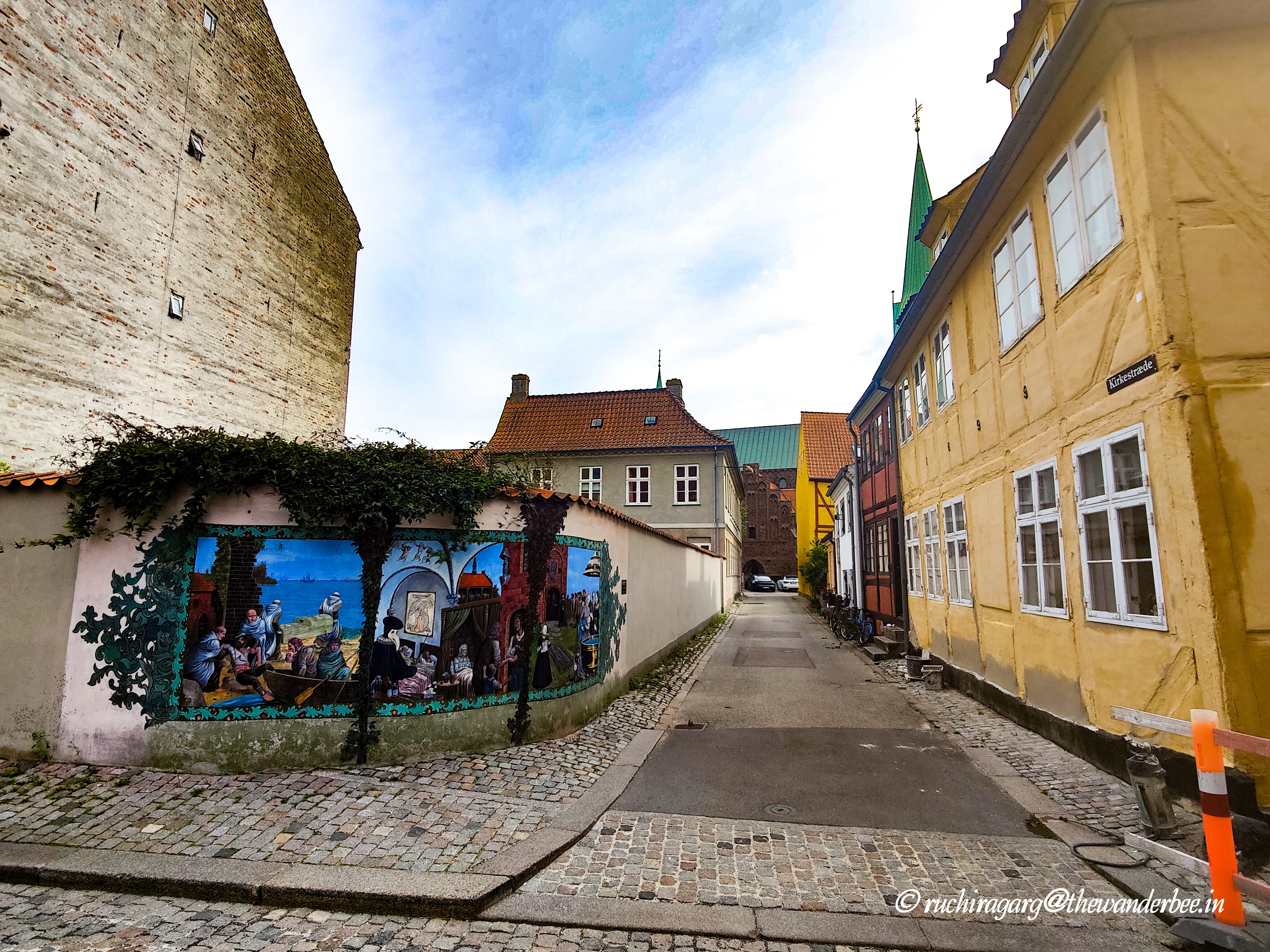

All the above were within walking distance from the Helsingor station and I could take the ferry back to Helsingborg after exploring the city. The ferries also have a 24 hour ticket so you can take as many journeys as you want to and fro.
COPENHAGEN
The capital city of Copenhagen is the main attraction of Denmark. Most areas of interest can be explored on foot. I had taken the train from Helsingborg to Copenhagen Central Station which was in the city center.
- Christiansborg Palace: The palace is about 10-15 minutes of walk from the Central Station. It served as the Royal Palace up until 1794. Today, Christiansborg houses the Danish Parliament. However, even though the royal family does not reside in the palace, parts of Christiansborg have continued to be used by the monarch for official purposes and state ceremonies.
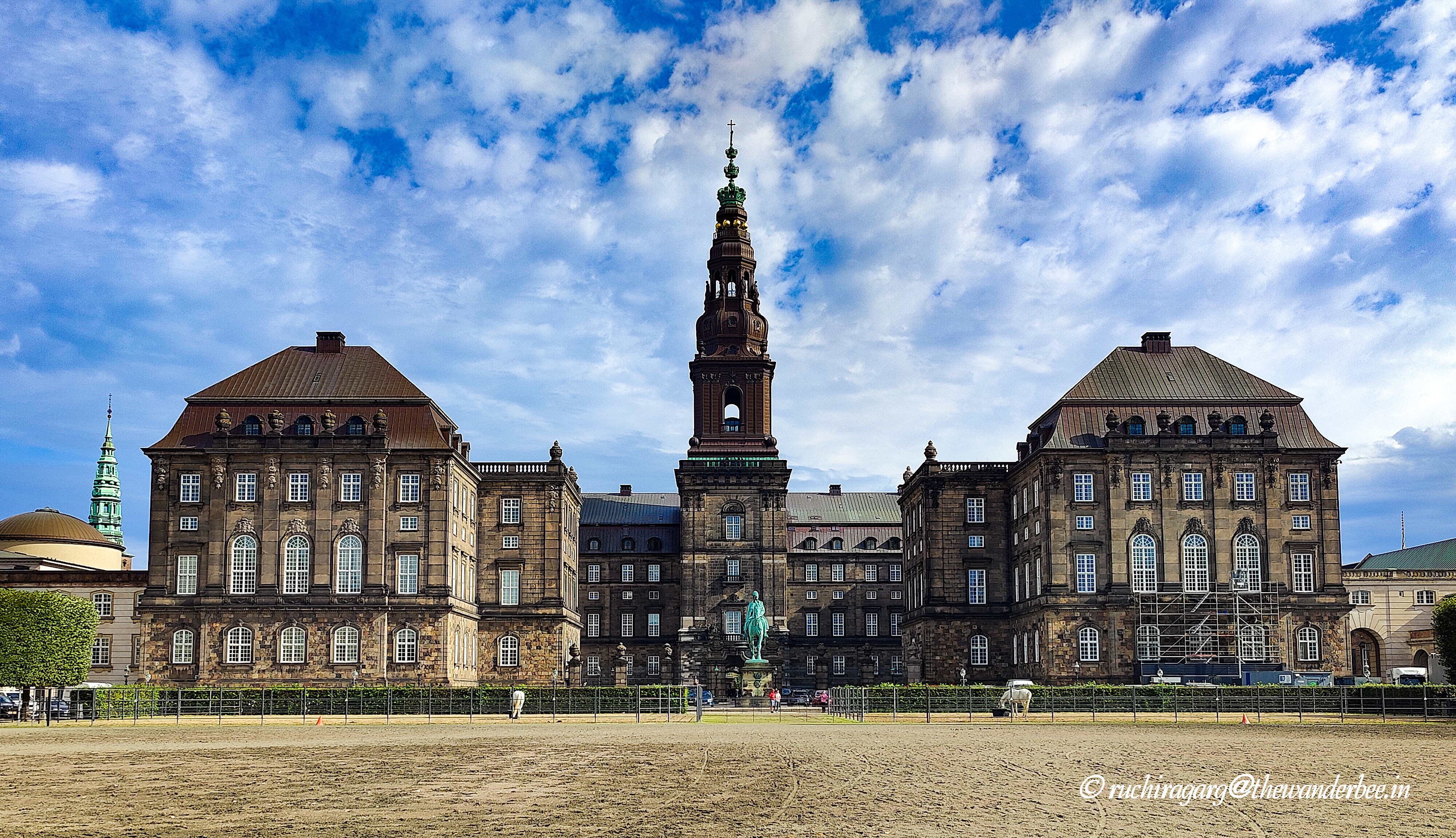
There are 4 sections of the palace, the royal banquets, the ruins, the royal kitchen and the stables. You can buy tickets for the ones you want to visit or a combination ticket for all these. It took me about 2 hours to explore all these sections with all the interesting artifacts and exhibits. I had never been to an active palace kitchen before so it was great to see the magnitude of it. The horses can be seen in the front lawns of the palace. They were at their best self in the stable, quiet and keen in posing for selfies. Somehow, they seemed to be well aware of their celebrity status. It does take a bit of walk between the different sections as they all have separate entrances and the palace has stairs to climb. I don’t remember seeing any elevators there.
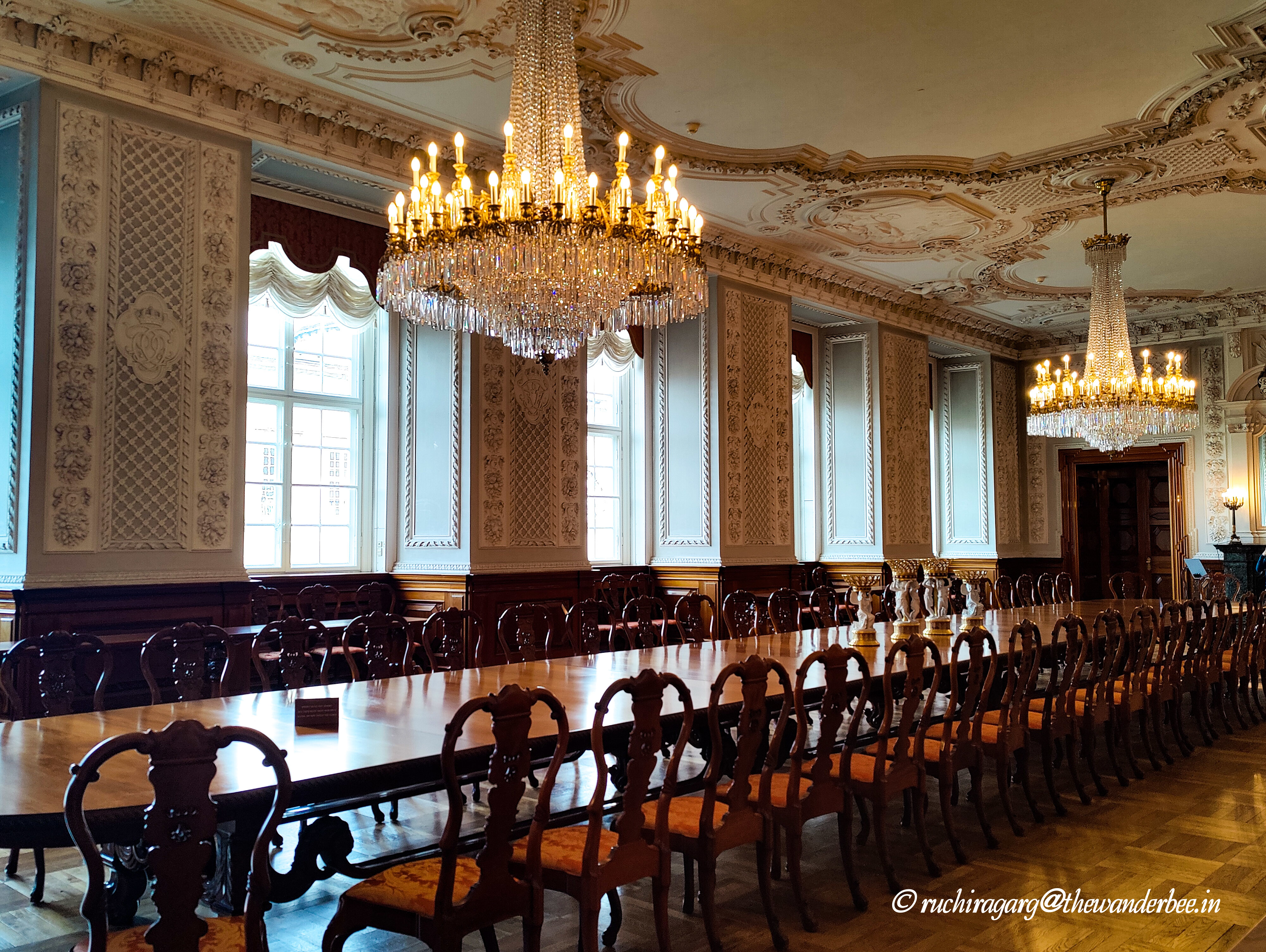
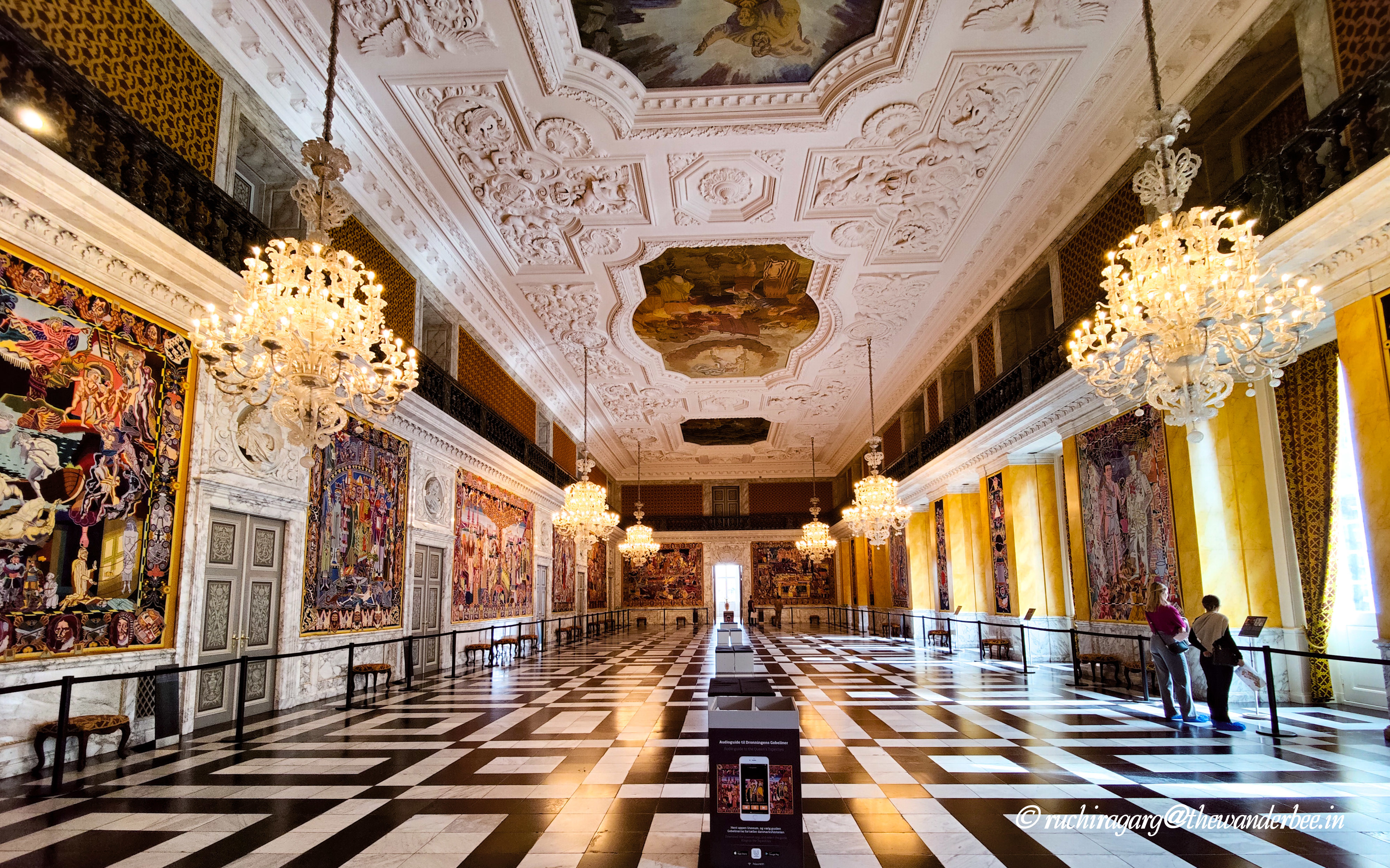



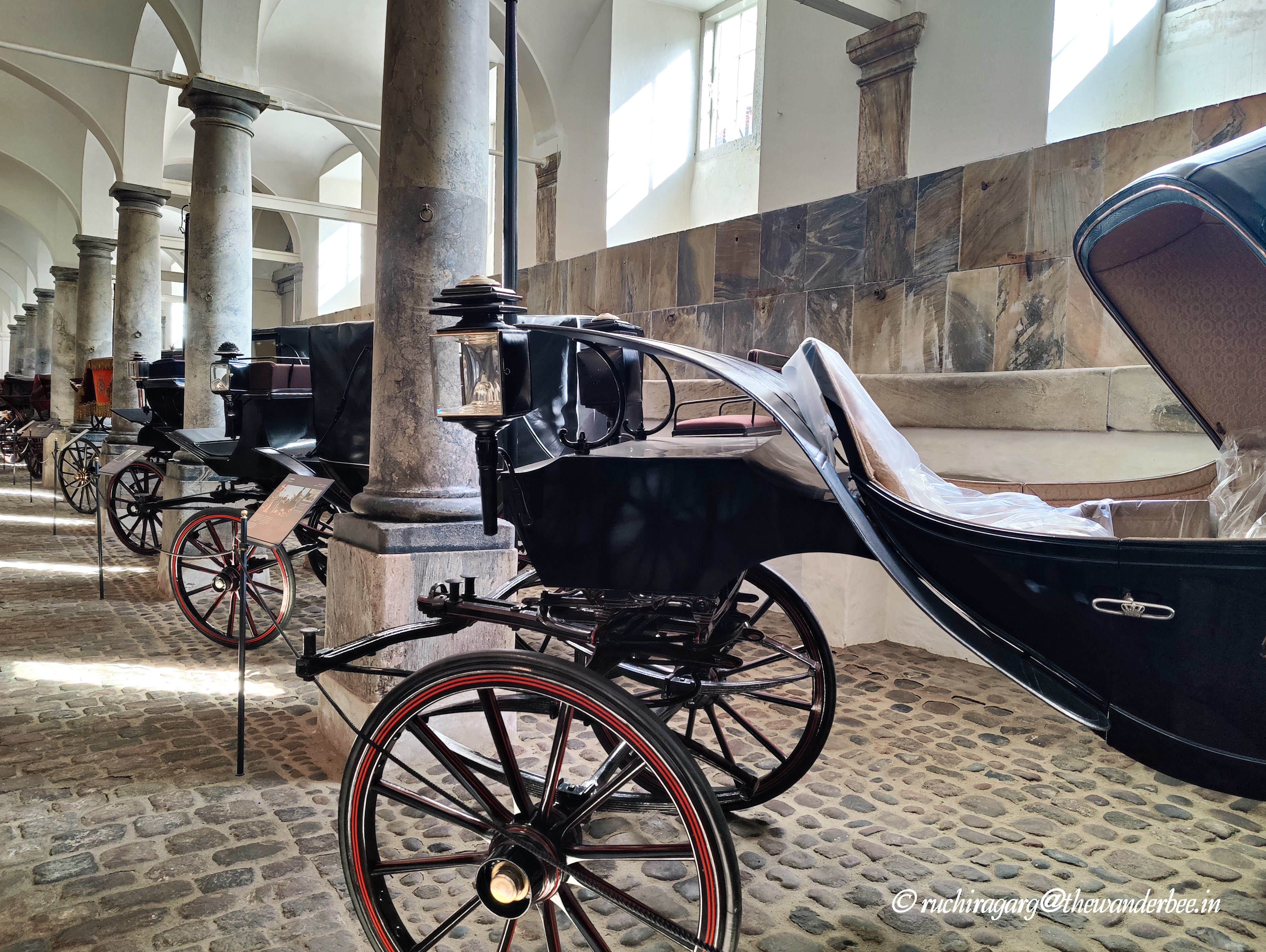
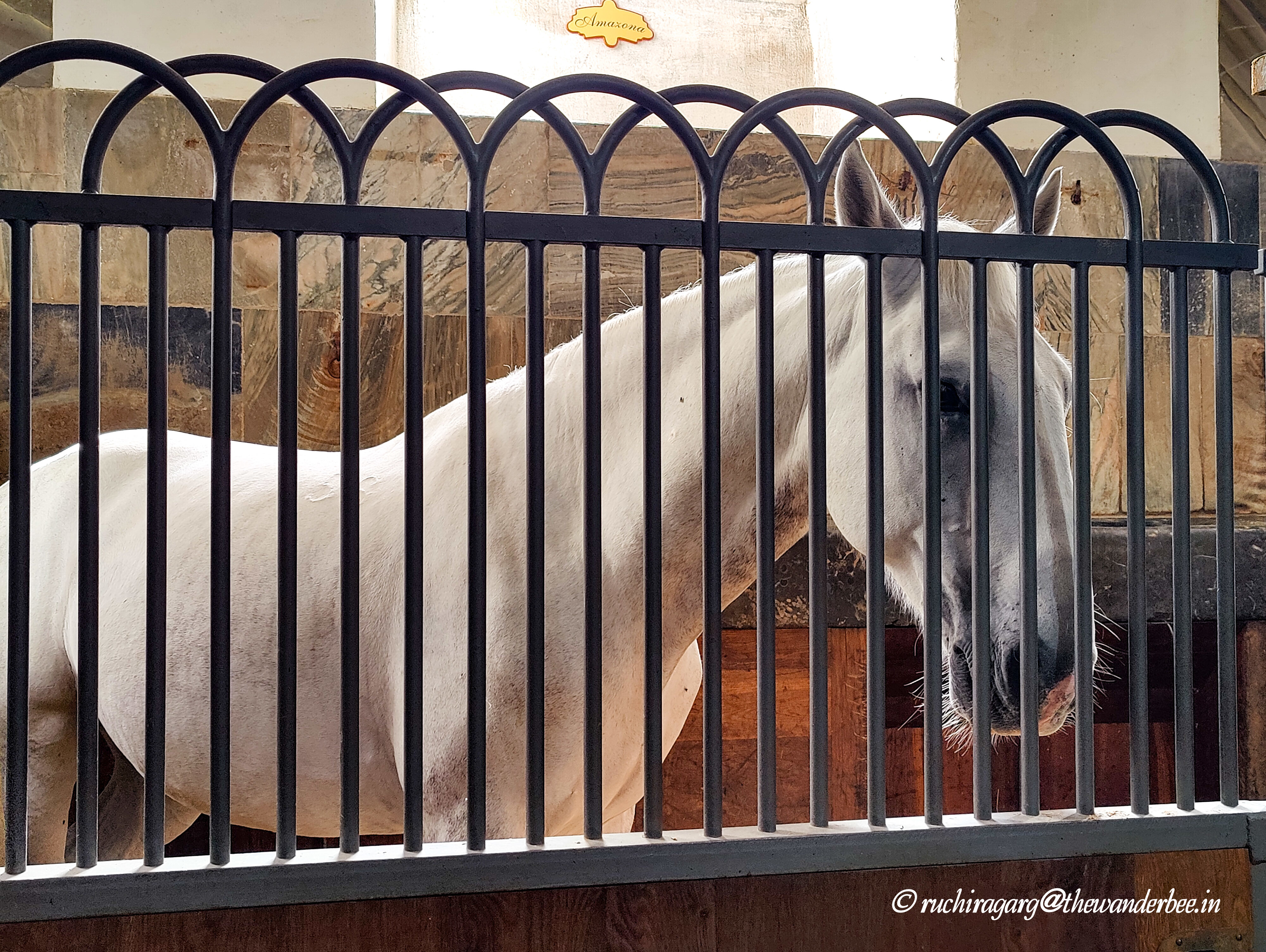
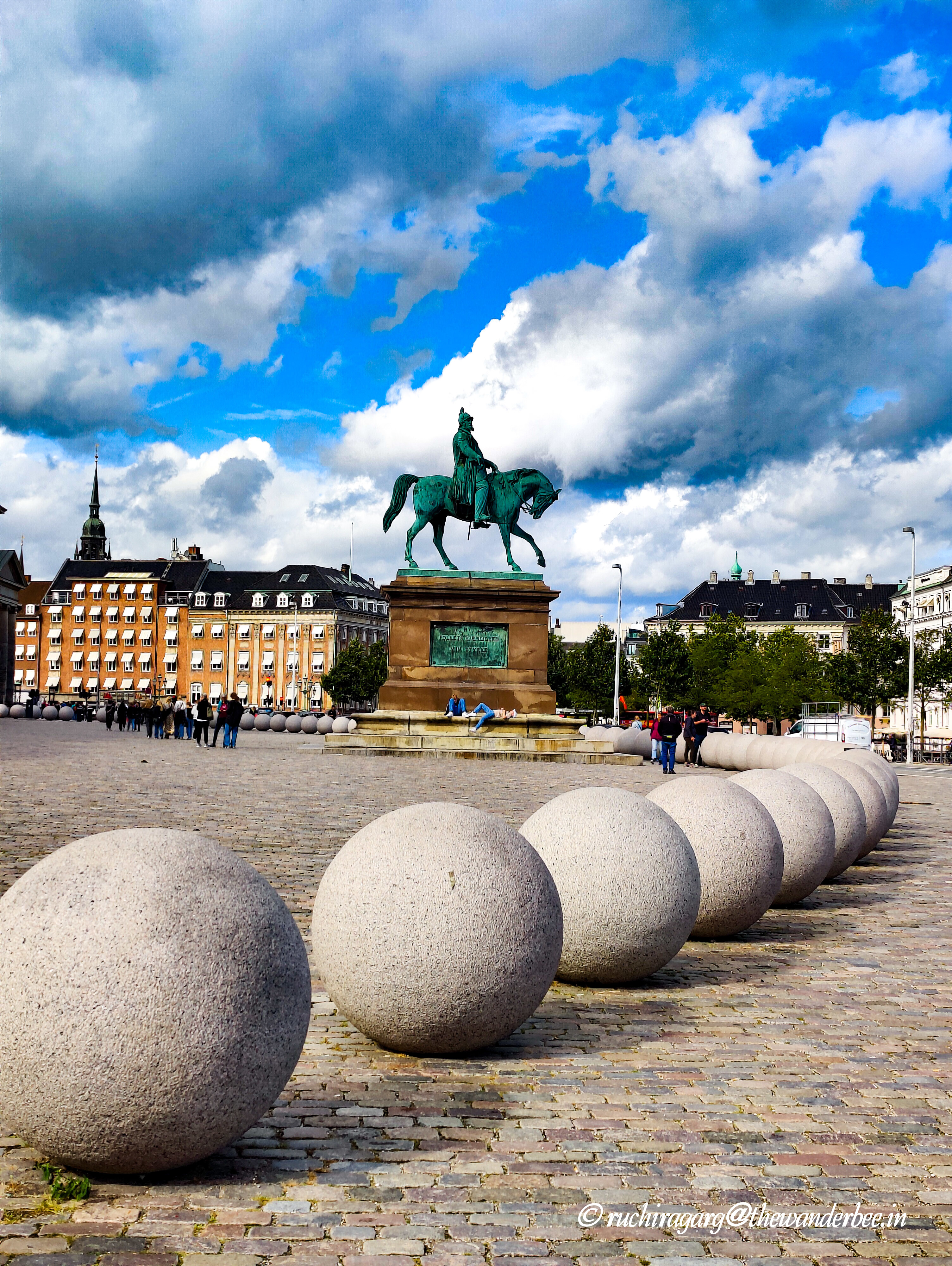

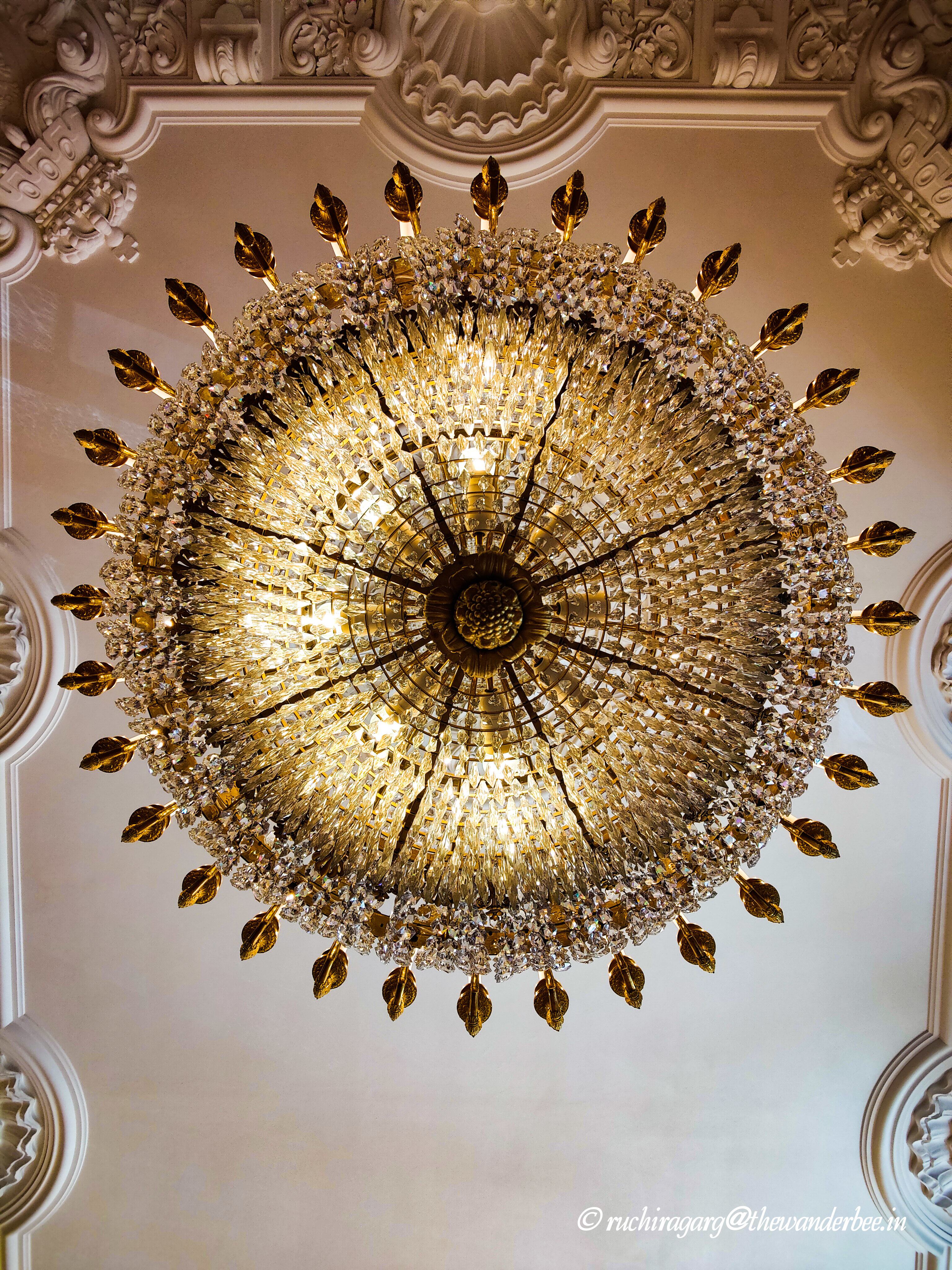
- Canal Cruise at Nyhavn : This is one of the best ways to explore the city if you want to give your feet a rest. The colorful houses of Nyhavn have been one of the most iconic images of Denmark and even the famous fairy tale writer Hans Christian Anderson lived there for many if his initial years. As I waited for the cruise I couldn’t stop myself from an icecream treat giving in to the attraction of the myriad flavours available.
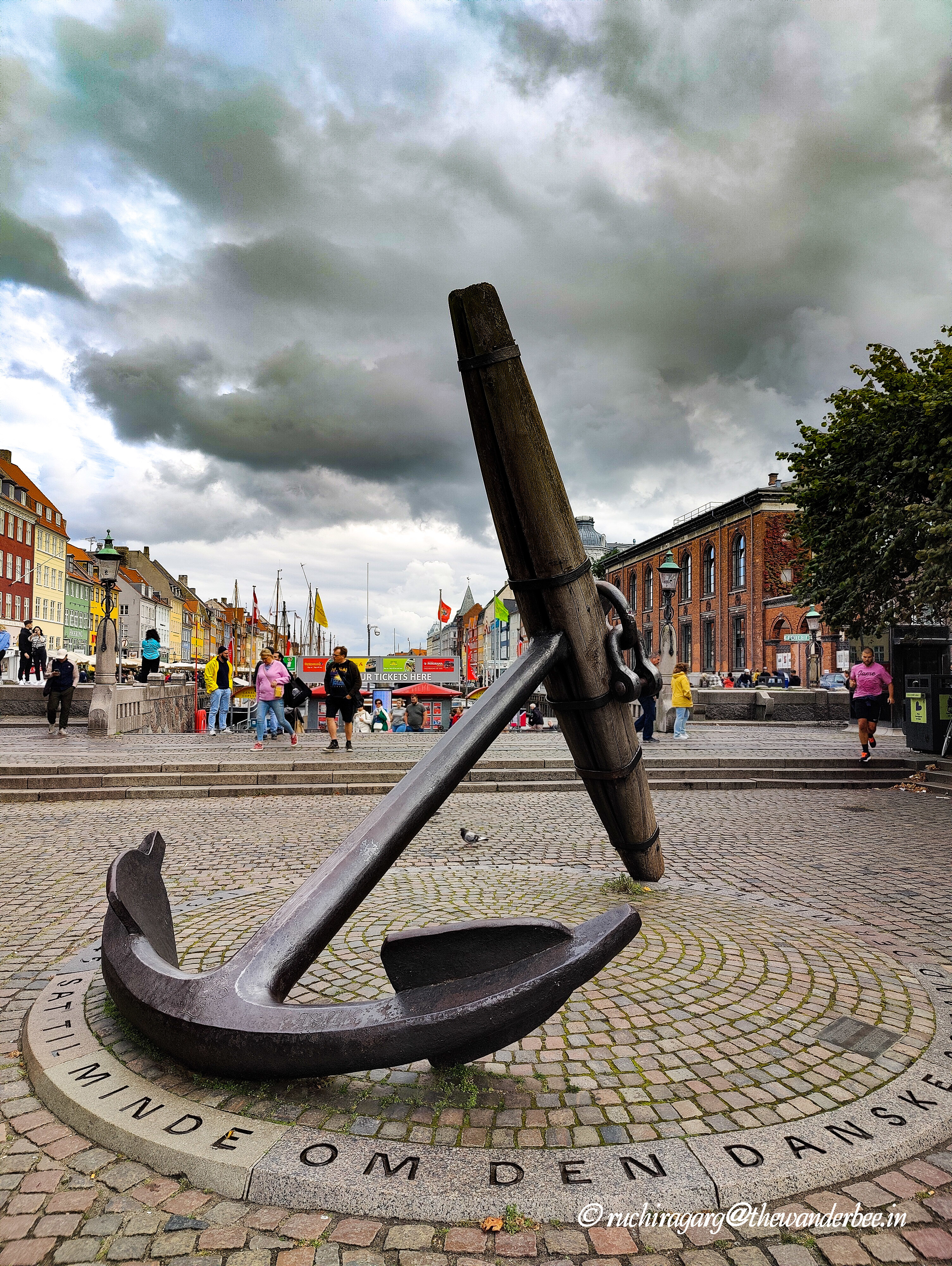

The cruise took me through the city as the guide explained the history of each of the buildings. It felt very similar to Amsterdam and I was about to ask the guide when she shared the many buildings and sections of Copenhagen had been modelled on the design of Amsterdam by King Christian IV who ruled during the 16th century. We also got to see the famous statue of the mermaid. Contrary to its fame it’s a very small statue and we would have missed it had the guide not pointed it out to us.
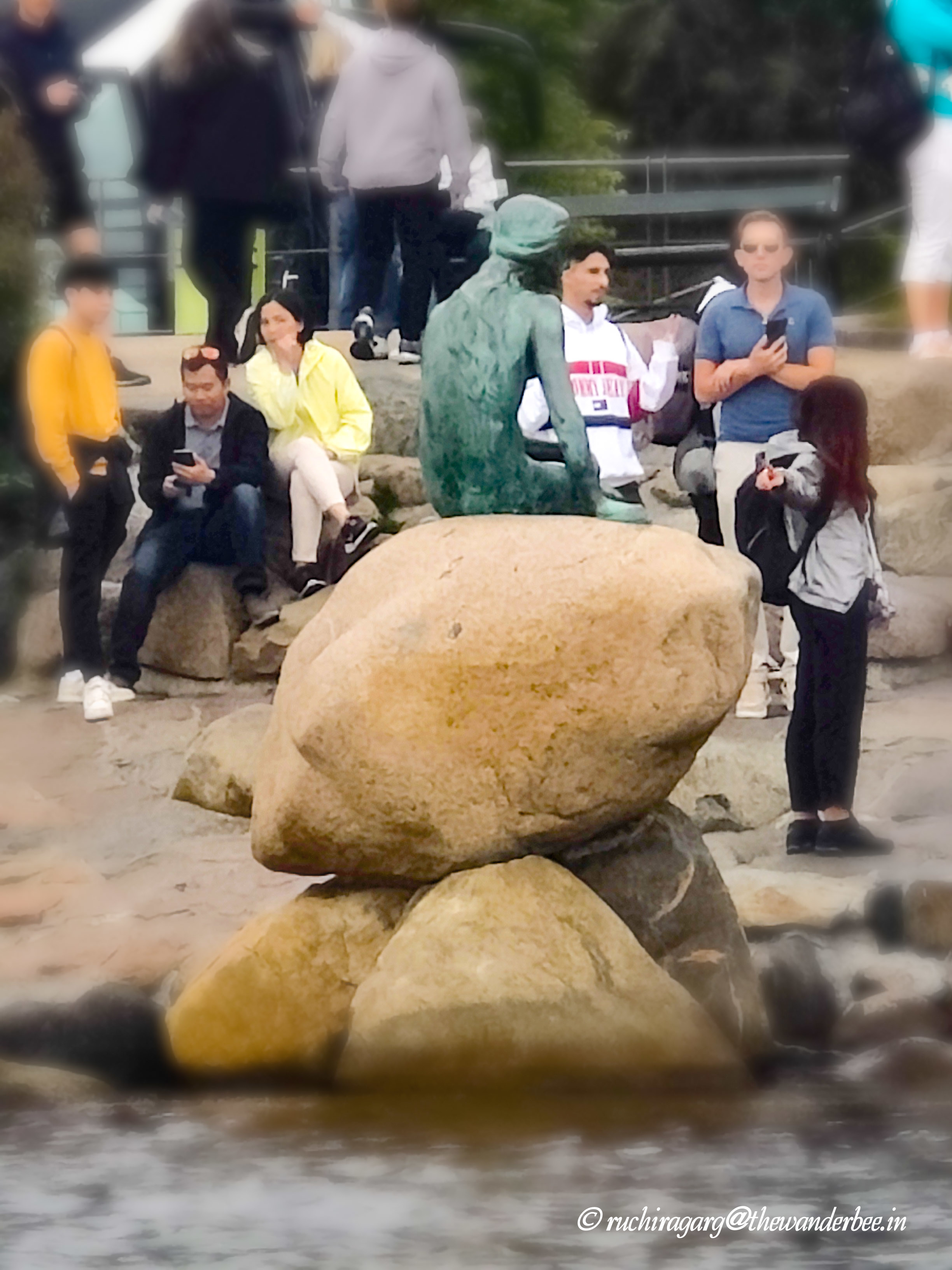

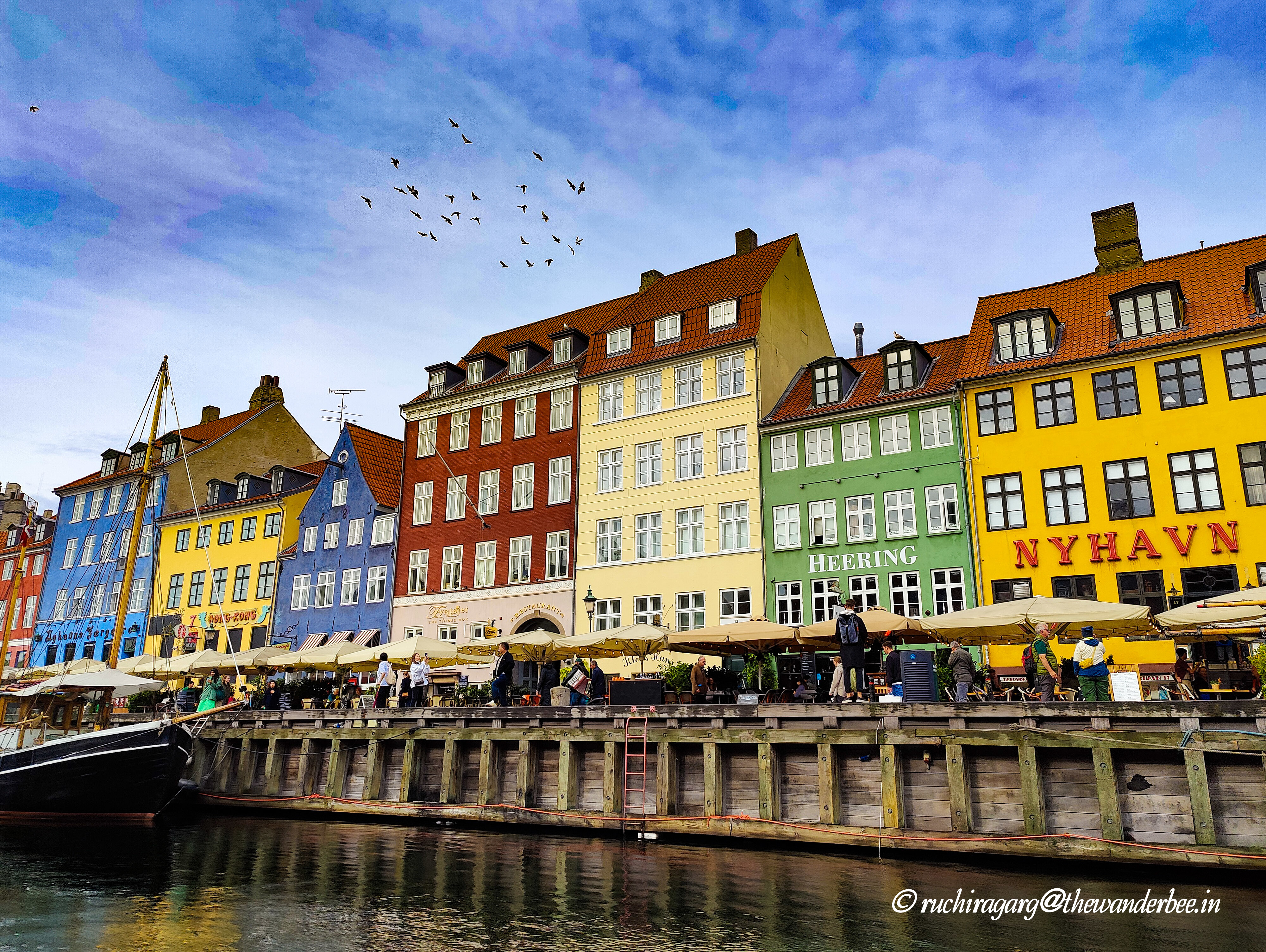
- Marble Church: This magnificent Church is not to be missed in Copenhagen. Also known as Frederick’s Church ( named after King Frederick V), it has the largest church dome in Scandinavia. The imposing structure leaves one awestruck. The church was about 7-8 minutes walk from the cruise terminal at Nyhavn.
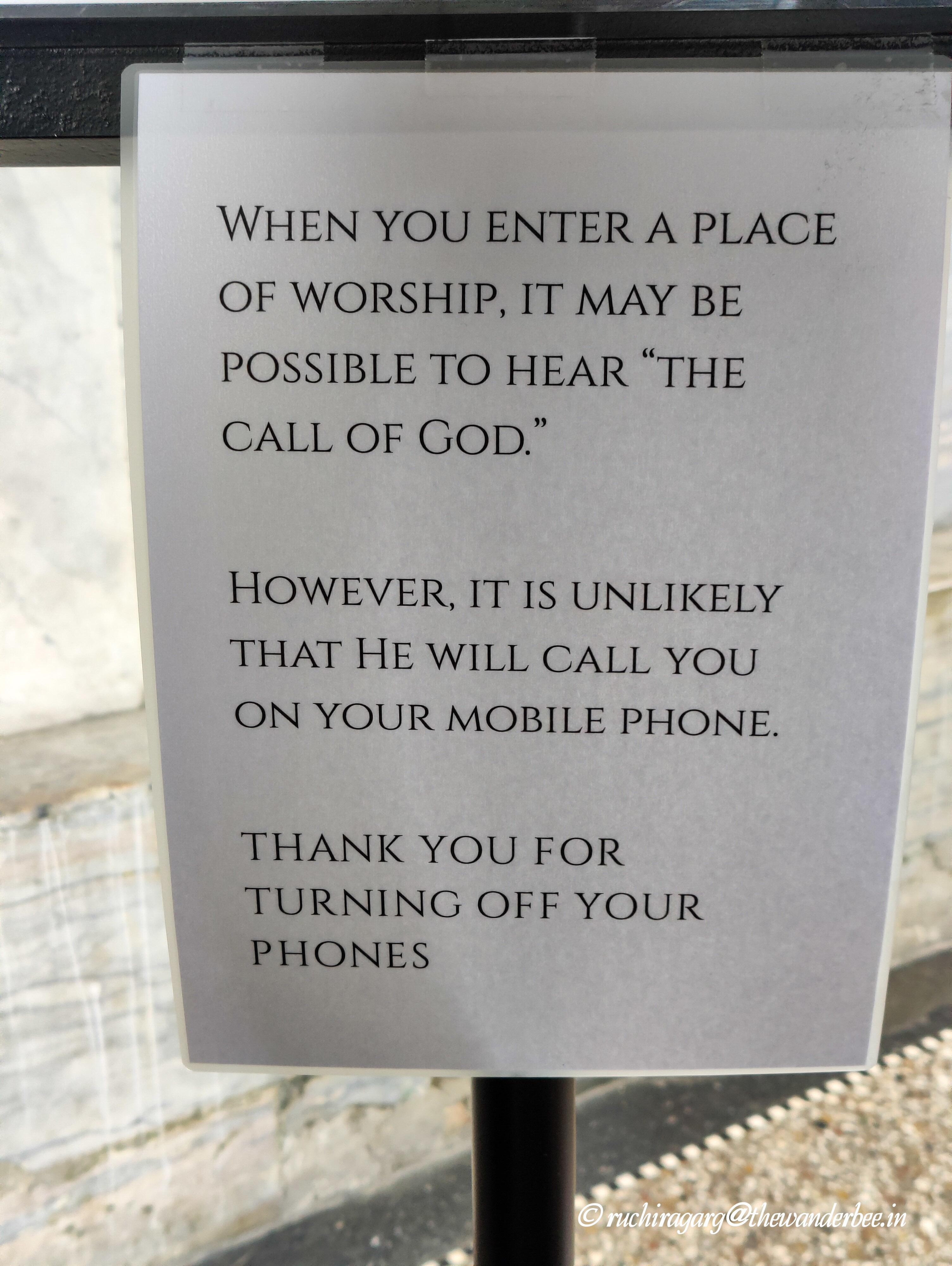



- Øresund bridge : The Øresund bridge is a half road/railway and half underwater tunnel bridge that connects Denmark with Sweden. The bridge is worth seeing due to its unique architectural design. It is a not a pedestrian bridge. I crossed it on the train. It can be crossed by bus as well. There are view points to see it from Malmo in Sweden which I have covered in a separate post here.


Another attraction that I was not able to cover during my trip was Tivoli, the oldest amusement park in Europe. You can see the rides and hear people screaming with joy or shock from afar. Tivoli is right opposite the Central Station. If you have a couple of days in Copenhagen, this would be a good addition to the itinerary.
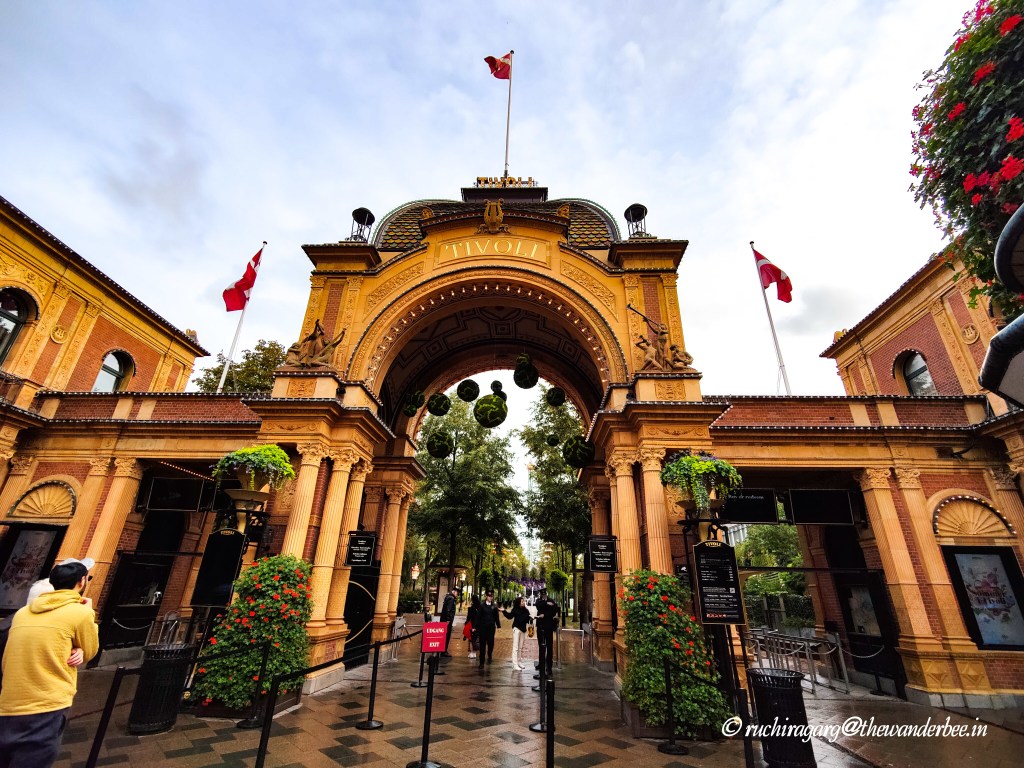
While in Copenhagen or Helsingor, one can also do day trips to Helsingborg, Lund and Malmo in Sweden crossing over the Øresund Bridge. I have covered these places in a separate post on Sweden.
The history of Denmark as a rich and powerful economy under different Monarchs is fascinating and the architecture is mesmerizing. There is surely more to Denmark than Danish cookies sprinkled with a pinch of Danish humor and it deserves a spot on the bucket list!


